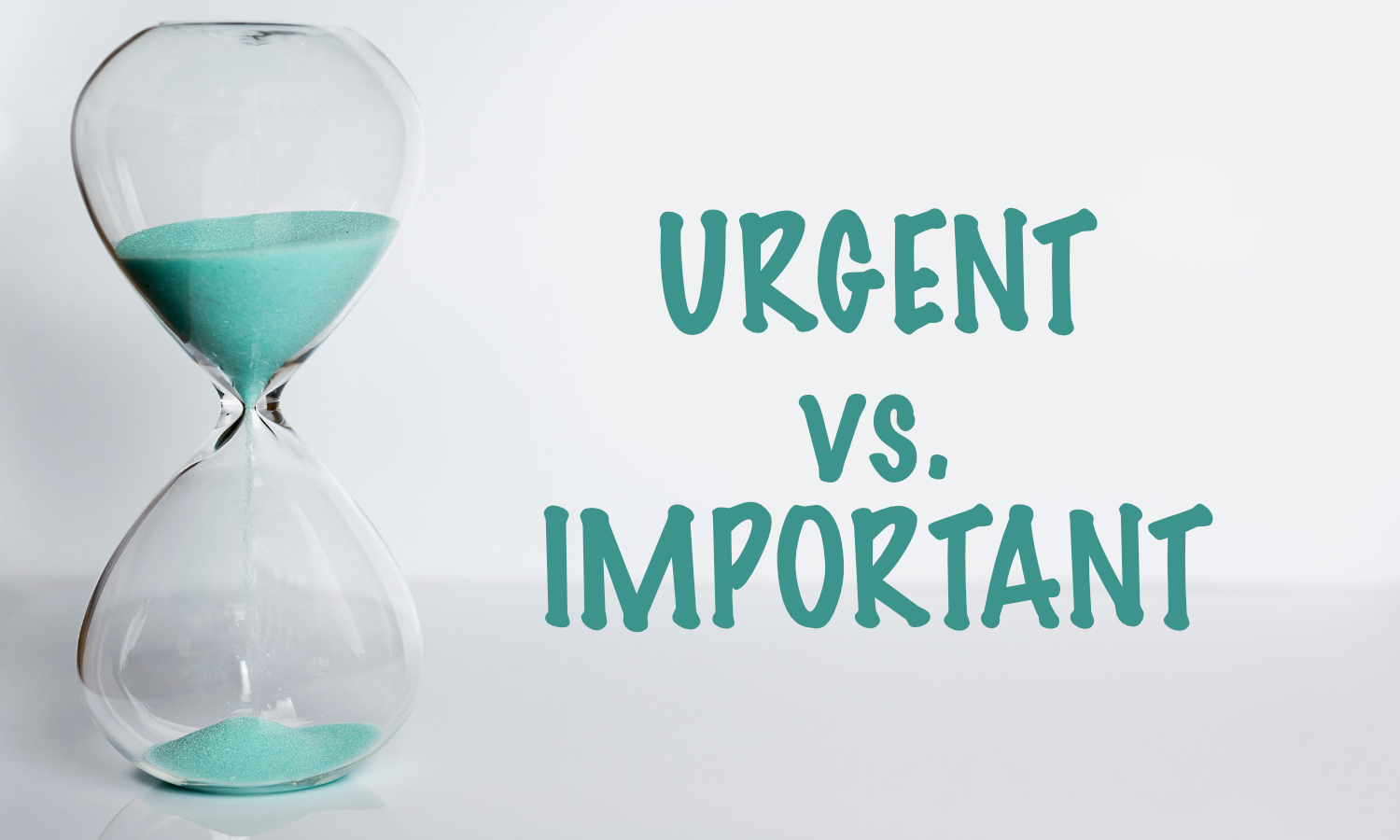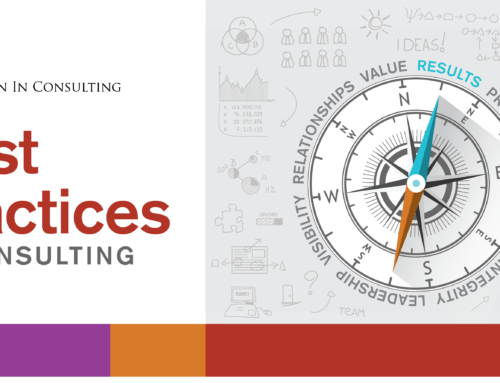As consultants we often face an overwhelming volume of data, to-do items, and just general communication. In our brave new world of email, instant messaging, social media, twitter plus the occasional phone call it can be hard to sort through the list of possible tasks and decide what to do next.
One exceptionally useful tool is the Urgent vs. Important matrix, also known as the Eisenhower Decision Matrix. (This concept was actually introduced by then-President Eisenhower, but it shows up as part of many time management systems.) The tool can be combined with anything and everything else you use for time management and tracking and has the additional appeal of being very visual and quite simple.
Here’s what it looks like:

The Basics
Urgent/Not Important has become pretty overwhelming in the years since this matrix was introduced. At first most of the items that fell into this quadrant had to do with the phone ringing and people stopping by, with a bit of snail mail thrown in. These days we can add email, instant messaging, tweets, even that little ding when someone comments on your Facebook posts into this quadrant. Anything that demands attention with no real explanation falls here.
Urgent/Important involves things you really do have to deal with, and right now. It could be something like a system crash in the I/T world; it could be a major customer who is extremely angry about something; it could be the need for a recall, or someone being admitted to the ER with life-threatening issues. These things have a big impact and will have an even bigger impact if you don’t deal with them RIGHT NOW.
Not Urgent/Not Important involves things that you really shouldn’t be doing. Because ‘Important’ means important to you as well as to anyone else wanting something from you, things in this quadrant usually mean wasting time with no payback. Think about water-cooler talk you’re not interested in, surfing the net, playing computer games when you know you have things you need to do, etc.
Important/Not Urgent are those things that have a nice payback in one way or another but aren’t staring you in the face begging for your attention.
How to Use the Matrix
Ironically, those things in Important/Not Urgent not clamoring for your notice are the very things you really want to be spending your time on. As much and as often as possible, work in this area – these are the things that will help keep you out of Urgent/Important. Tasks include maintenance activities and process improvements. These activities may bring personal satisfaction in some way (like exercising or reading or spending time with your family), or they might set you up for good things in the future (like education or networking). Spend as much time as doing Important/Not Urgent things as you can without driving things into Urgent/Important.
Urgent/Important items need to be taken care of as quickly and thoroughly as possible. If you’re an adrenalin junkie, give yourself some tight deadlines for Not Urgent/Important activities to get that rush – it’s much more rewarding in the long run than chasing down emergencies.
You’ll need to figure out how to sift through the Urgent/Not Important items. Just because you get a Skype ping doesn’t mean you have to answer it right this minute. You don’t need to see everyone’s tweets immediately. Set yourself some guidelines on how often you check things, and be sure to pay careful attention to the source. (If your boss is Skyping you about an issue, that’s likely to hit your Urgent/Important; if your coworker is Skyping you about his WoW victory, that either stays in Urgent/Not Important or drops off to Not Urgent/Not Important. Look into special ringtones or notifications for different people, or just look at the pop-up as notifications arrive. (This will work for most of the distracting notifications you get.)
Finally, divest yourself of Not Urgent/Not Important as much as possible. Sure, sometimes you need a break but try to deal with Not Urgent/Important items instead – at least they’ll get off your radar. If you’re inventing things that are really Not Urgent/Important (which sometimes happens when we’re procrastinating), using the matrix will help you figure that out. If things are landing there because you have a hard time saying ‘No’ to people, consider assertiveness training as an Important/Not Urgent activity and use that to keep working on important things.
Support
Sometimes just having one of these charts in front of you every day and classifying things on it will do the trick. If you want something a little more formal for task management, try PriorityMatrix (an iOS app) – it lets you actually do task management according to the matrix. Many of the more popular time management systems use the matrix as an integral part of their process (for example, Stephen Covey’s 7 habits and supporting tools). It’s so simple you should be able to work it into whatever time management tools and processes you’re already using.







